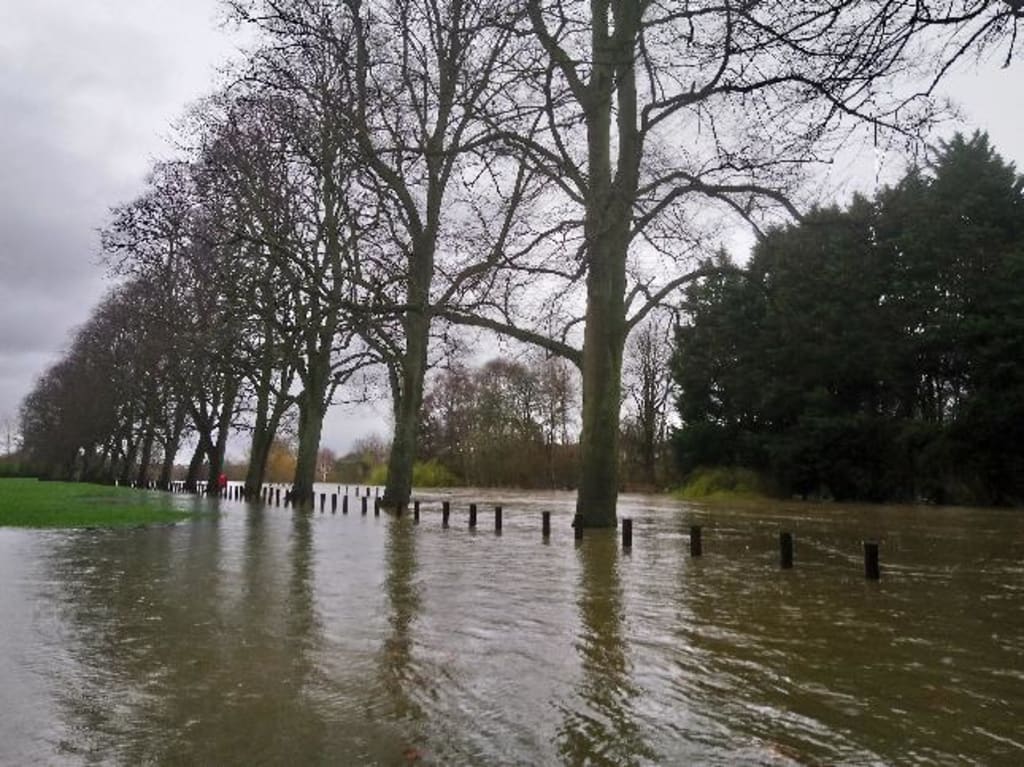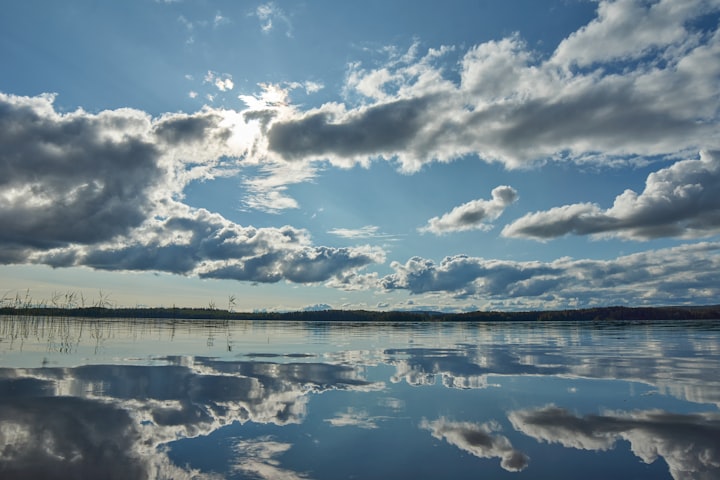The Hidden Cost of Flood Prevention
A Story of Kiera

Kiera and Her Community
Kiera lived in a small town nestled in a valley, surrounded by a river. Her community had a long history of dealing with floods, which had caused significant damage to homes, businesses, and infrastructure in the past. As a result, the community had developed several strategies to prevent river flooding, such as building levees and dams.
The Short-Term Benefits
Initially, Kiera was relieved to see the new levees and dams being built. She felt safer knowing that her home and the homes of her friends and family were protected from flooding. The new infrastructure seemed like a good investment, and everyone in the community was proud of what they had accomplished.
The Long-Term Consequences
However, as time passed, Kiera began to notice changes in the river's flow and the surrounding ecosystem. The reduced flow of water caused by the levees and dams disrupted the natural rhythm of the river, and the once thriving ecosystem began to decline. The reduction in water flow also affected the groundwater level, leading to drought conditions in some parts of the valley.
The Impact on the Community
As the ecosystem around the river began to deteriorate, Kiera and her community began to feel the impact. The decline in fish populations meant that local fishermen were struggling to make a living, and the loss of fertile soil led to a decline in agriculture. The drought conditions caused by the reduced water flow also meant that some farmers were unable to grow crops, which led to food shortages.
Increased Risk of Catastrophic Flooding
Despite the levees and dams, Kiera and her community were still at risk of catastrophic flooding. The dams could only hold so much water, and any excess water had to be released, which could cause flooding downstream. The false sense of security created by the levees and dams also meant that some community members were unprepared for sudden and devastating floods.
The Need for Sustainable Solutions
Kiera and her community realized that there was a need for more sustainable solutions to prevent river flooding. They began to explore other options, such as restoring natural wetlands and floodplains. These strategies respected the natural flow of the river and other waterways while also protecting the community from flooding.
Examples of Sustainable Flood Prevention
Kiera and her community found several examples of sustainable flood prevention strategies that could be effective. They began to restore natural wetlands and floodplains, which could absorb excess water and reduce the risk of catastrophic flooding. They also worked on building infrastructure that was resilient to flooding, such as raised homes and businesses.
Conclusion:
In conclusion, while human efforts to prevent river flooding may seem like a logical solution to protect communities from natural disasters, they can do more harm than good. The construction of levees and dams may provide short-term benefits, but they can disrupt the natural flow of rivers, damage ecosystems, and cause long-term consequences such as drought and food shortages.
Furthermore, these efforts can create a false sense of security, leading to unpreparedness for sudden and catastrophic floods. Instead, sustainable solutions that respect the natural flow of rivers and waterways while protecting communities from flooding should be pursued.
Restoring natural wetlands and floodplains, building resilient infrastructure, and promoting sustainable land use practices are just a few examples of these solutions. By working with nature, rather than against it, we can create a more resilient and sustainable future for ourselves and the planet.
Ultimately, it is important to prioritize the preservation and protection of our natural resources and ecosystems, even in the face of potential natural disasters. By doing so, we can create a safer, healthier, and more sustainable world for generations to come.
About the Creator
AFRIDH REFAM
Name : Afridh Refam
Education : Bsc IT
Interest : Ethical Hacking, Designing, Coding, Science
Location : India






Comments
There are no comments for this story
Be the first to respond and start the conversation.